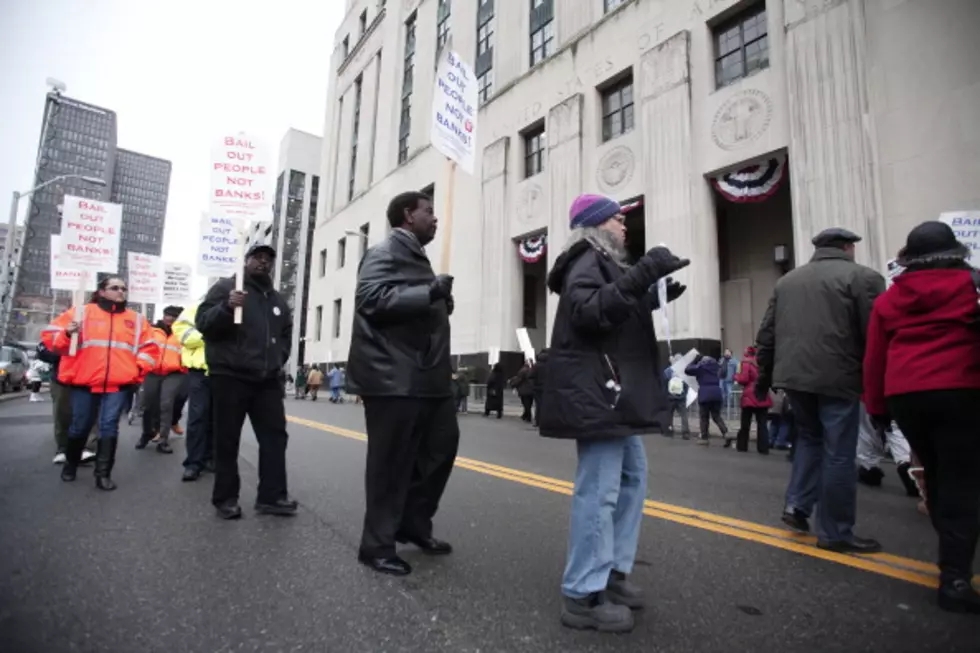
Why Are Cities Going Bankrupt?
Economies are a lot like an octopus. Tentacles reach out in all directions and affect more than just families and businesses. Closing factories, high unemployment and a reduced tax base can topple the financial foundation of entire cities and counties.
Cities In Trouble Is Nothing New
Most people are familiar with the challenges facing cities like Detroit from recent news stories. However, cities in trouble are nothing new.
"This is a lagging process," said Richard Ciccarone, managing director at McDonnell Investment Management. "Capitulation may not come for years. In the crash of 1929, the defaults did not come until 1934 or 1935. The marginals hang on as they can."
Going back to 1975 then President Gerald R. Ford signed a $2.3 billion loan authorization to prevent New York City from defaulting. Now some 28 years later New York is hardly out of the woods. Taxes and unemployment are high and collective bargaining contracts and bloated union pensions once again threaten New York.
Both Cities and Counties Are In Trouble
Chicago is looking at major problems and will be facing a $700 million budget gap. Shrinking federal funds and widening debt, pension plans and other costs. It’s predicted that property taxes would have to be raised 150 percent just to keep government workers pensions in place.
Stockton, California became the most populous city to file for bankruptcy in 2010 after their failure to reduce a $28 million deficit. Their budget calls for not paying $10.2 million in debt payments and reducing employee compensation and retirement benefits by $11.2 million.
Jefferson County, Alabama filed the largest municipal bankruptcy in US history in November of 2011. Their major downfall was their inability to refinance $3.1 billion in sewer bonds that have been in default since 2008.
Pontiac, Michigan is another Michigan municipality in trouble along with Detroit. Both have been hit hard by the recession and loss of automobile plants in both cities. A 22 percent unemployment rate, a 10.3 percent reduction in population took a toll on the cities tax base. Pontiac has outsourced its police and fire departments to neighboring counties but that’s not enough to stop the tide. They could have a deficit of $14 million but the end of their 2013 fiscal year.
Some Final Thoughts
One of the problems plaguing these cities is the lack of vision to see it coming. It takes about two to five years for events to unfold and the downward spiral to begin. By that time it’s nearly too late to recover without considerable funds and concessions from workers, unions and creditors.
Could cities in Montana find themselves in similar circumstances? Absolutely. Unless our cities stop making “just in time” decisions and start making decisions looking five to ten years into the future these kinds of events will continue not only in Montana but across the nation.
The big difference is that it would take longer for Detroit to go bankrupt than Bozeman, Belgrade or Livingston. Smaller cities have fewer resources to call on to offset any interruption in revenue. Let’s hope we all remember this when we go to the polls. The right people will keep all our Montana cities in the black.
More From KMMS-KPRK 1450 AM









